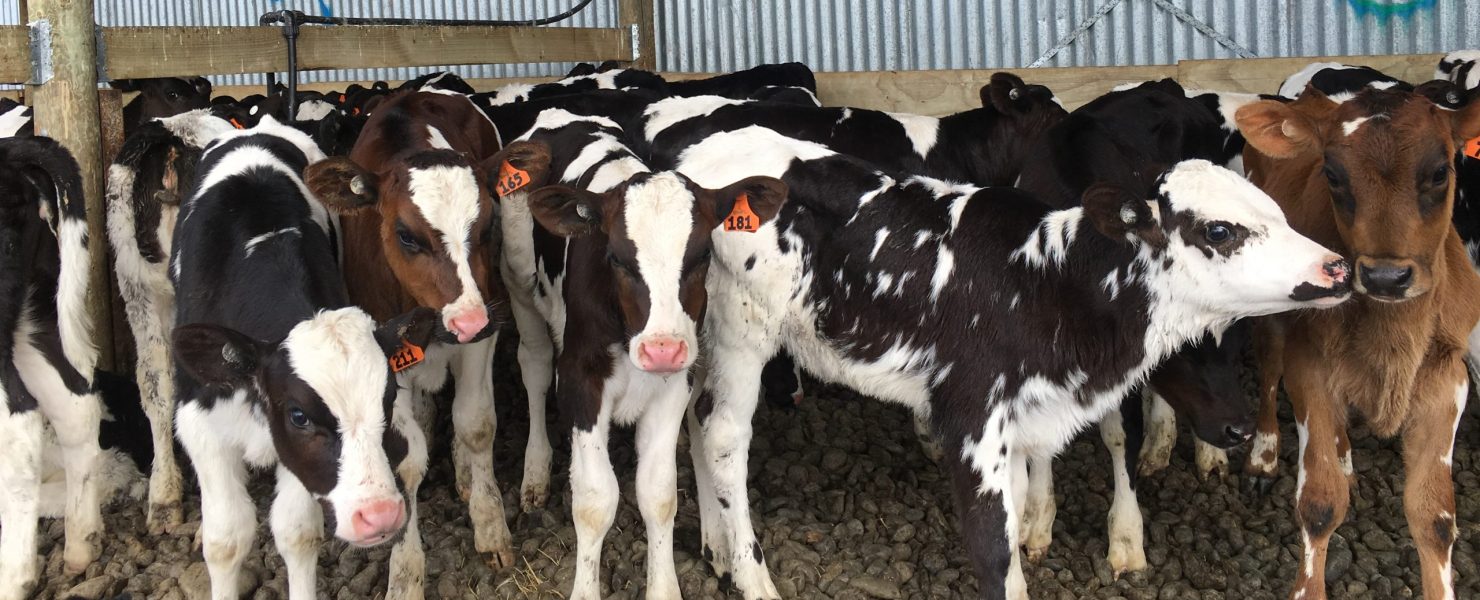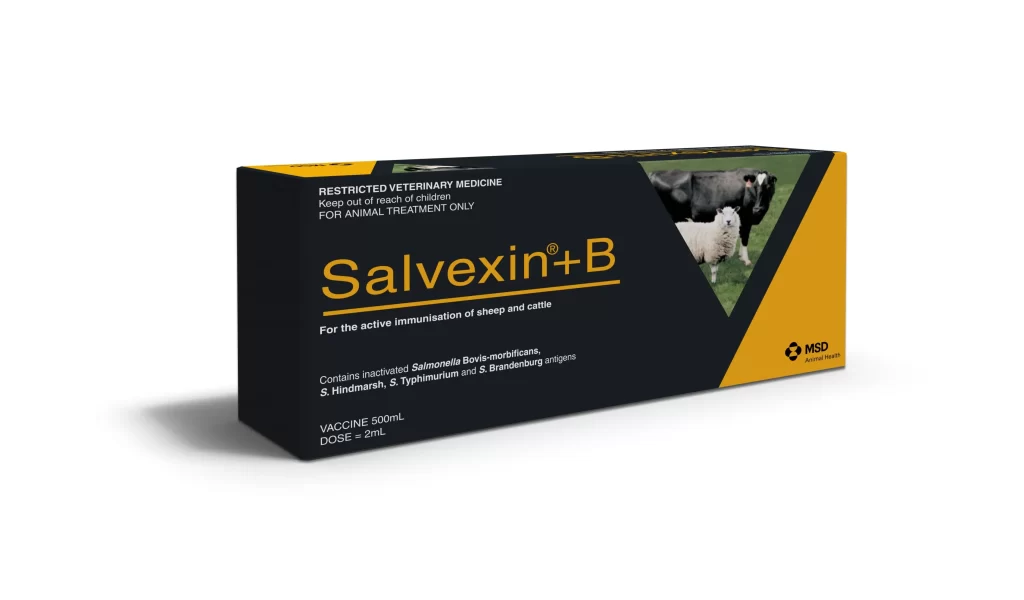
Calf diarrhoea, or scours, is one of the most common and yet devastating diseases that can affect a calf. Scours can occur due to nutritional reasons, such as a change in composition, volume or timing of milk, or due to an infectious cause.
There is little in life that is more demoralising, for a calf rearer, than a severe outbreak of calf scours in the spring. Not only does it increase the workload at a busy time of the year, but the future production of those valuable stock replacements may be compromised if their growth is retarded following a severe scour outbreak. Viruses, bacteria, and protozoal parasites may all be implicated in calf-scour outbreaks in New Zealand calf sheds.
There is no single silver bullet to avoiding calf scours in the sheds, but the use of a combination of actions can go a long way towards preventing them.
Calves are not born with a functioning immune system. Their immune system develops over their first four to six weeks of life and, initially, their ability to stave off disease is through acquired immunity derived by passive transfer of antibodies through colostrum from their first feedings. The ability to absorb these antibodies is very short-lived, halving within eight hours of birth and ending before the calf is only 24-hours old. So, the first step to ensuring healthy calves is to follow the the ‘3 Qs’ principle:
It is important to note that not all colostrum is equal, so measuring each cow’s colostrum for quality, storing the best of it together and feeding that high quality or ‘gold’ to new-born calves are all critical steps for successful calf rearing.
The colostrum from a cow may be fortified by antibodies through her vaccination prior to calving. There are many good scour vaccines on the market which offer protection against rotavirus, coronavirus and E.coli. Depending on the vaccine used, you may need a sensitiser and booster when first using, while there are others that are effective after just one dose. It would be wise to discuss your requirements with your Vetlife veterinarian to plan the programme best suited to your needs.
Consider the following:
Vaccines are generally given 3-12 weeks before calving, with splitting the herd into early and late calvers and vaccinating in two batches advisable to maximise the duration of effective protection. Vaccination of cows offers two-fold protection. Firstly, calves delivered quality colostrum develop strong immunity from the components of the vaccine and, secondly, the colostrum and milk from vaccinated cows helps prevent viruses and bacteria from adhering to the guts of calves and becoming established. This ‘washing’ effect is particularly important for later-born calves that may be exposed to a higher challenge from build-up in a calf shed.
Salvexin+B, the salmonella vaccine, is another vaccine that can be useful in preventing calf scours as well. We see salmonella outbreaks too commonly in calf sheds, and it is also a frequent cause of abortion in cows and heifers. In particular, it poses a risk to humans (zoonosis), hence vaccination of cows and heifers during the dry period is advisable. Vaccination will protect the cows and heifers from salmonella as well as boosting antibodies in the colostrum in order to offer protection for the new-borns while in the calf shed.

Again, these vaccines are only effective in the calf shed if the antibodies produced in the cows are actually passed onto the calves. To get the most out of your vaccination protocols, your colostrum feeding becomes even more important. The investment in vaccination needs the support of optimal feeding in order to ensure that investment is transferred to the future wellbeing of your calves via good immunity with strong passive transfer.
Checking the effectiveness of the early colostrum feeding is an important step to ensure all is going well. Testing for the failure of (or effective) passive transfer is a service offered by Vetlife. Your veterinarian or vet technician can take a blood sample from calves between one to seven days of age and test it in the clinic.
The results from the test can determine the level of antibodies a calf has in its system or, more simply, how well the colostrum antibodies have transferred from cow to calf.
Vets or technicians will take a blood sample from calves between 1-7 days of age and test it in-house. The results from this test can determine the level of antibodies a calf has in its system.
Carrying out FPT testing early in the season allows clear understanding of how well your systems for colostrum feeding are working, and it also allows for feedback to make changes if results are less than satisfactory. All in all, it is a valuable check to ensure you are getting the maximum benefit from your vaccination programme.
Regular testing throughout the season is also useful to ensure that your protocols have been followed consistently and you are getting the full value from your vaccination programme.